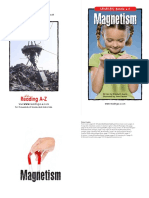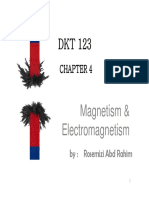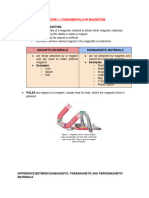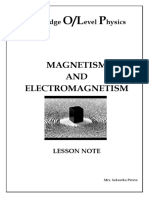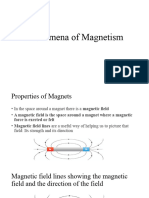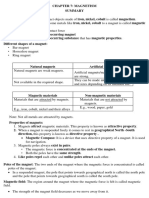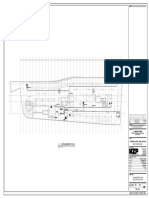0% found this document useful (0 votes)
49 views12 pagesMagnetism Project Class9
This physics project by Subham Kumar focuses on magnetism, covering its definition, types, magnetic fields, and real-life applications. It includes a case study on magnetic cranes and discusses important laws such as the Right-Hand Thumb Rule and Fleming’s Left-Hand Rule. The project highlights the significance of magnetism in technology and everyday life.
Uploaded by
masterdivyansh786Copyright
© © All Rights Reserved
We take content rights seriously. If you suspect this is your content, claim it here.
Available Formats
Download as DOCX, PDF, TXT or read online on Scribd
0% found this document useful (0 votes)
49 views12 pagesMagnetism Project Class9
This physics project by Subham Kumar focuses on magnetism, covering its definition, types, magnetic fields, and real-life applications. It includes a case study on magnetic cranes and discusses important laws such as the Right-Hand Thumb Rule and Fleming’s Left-Hand Rule. The project highlights the significance of magnetism in technology and everyday life.
Uploaded by
masterdivyansh786Copyright
© © All Rights Reserved
We take content rights seriously. If you suspect this is your content, claim it here.
Available Formats
Download as DOCX, PDF, TXT or read online on Scribd
/ 12



















